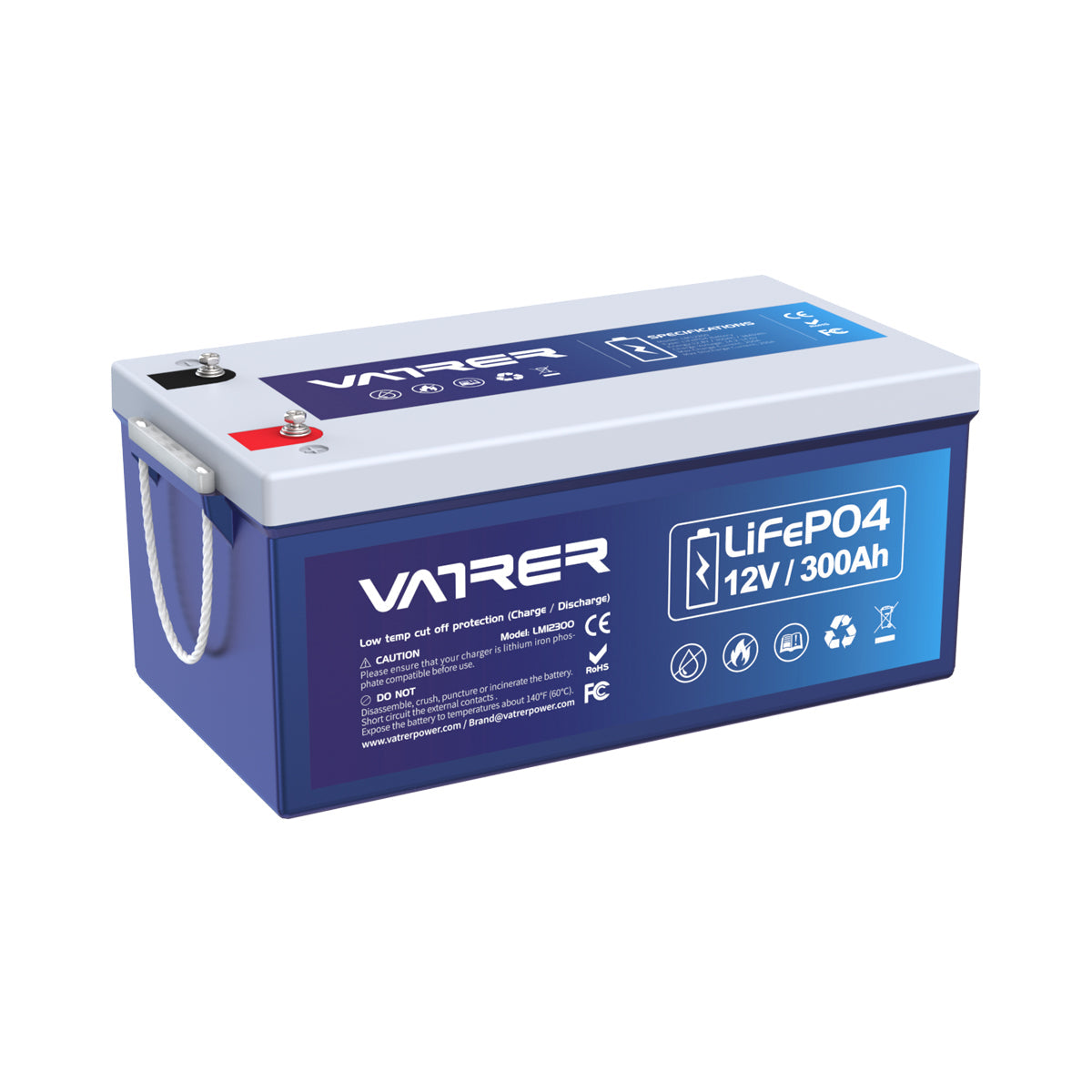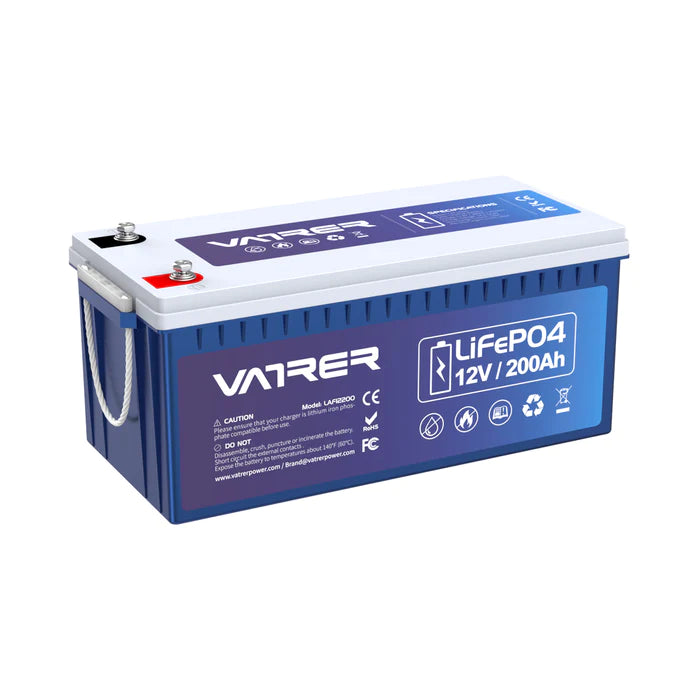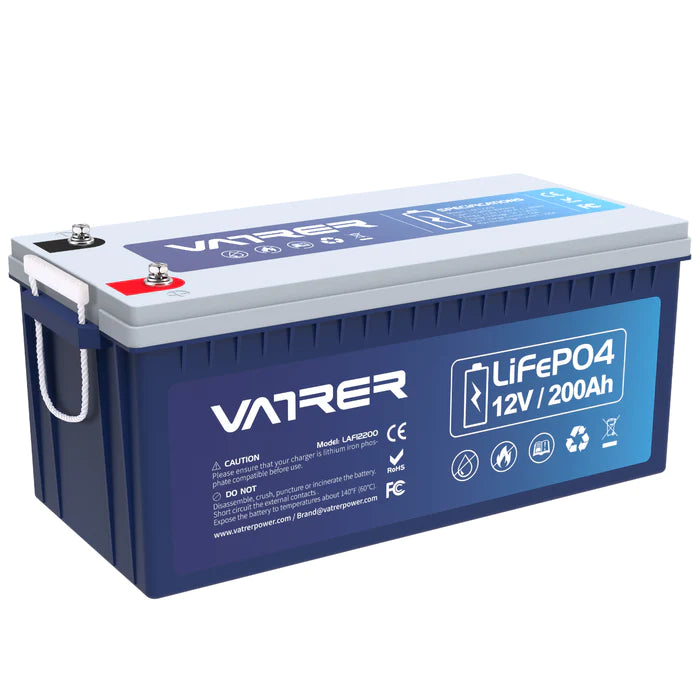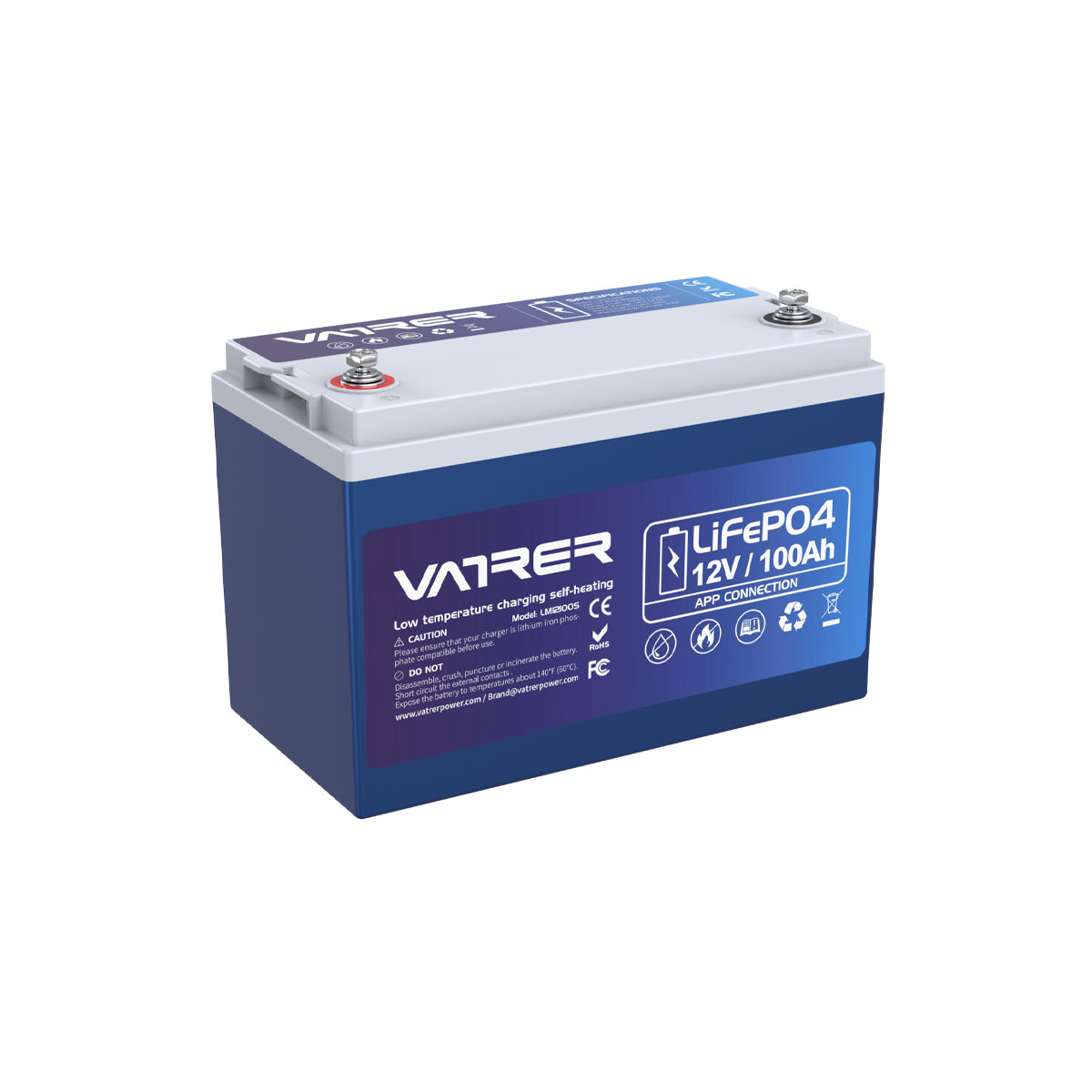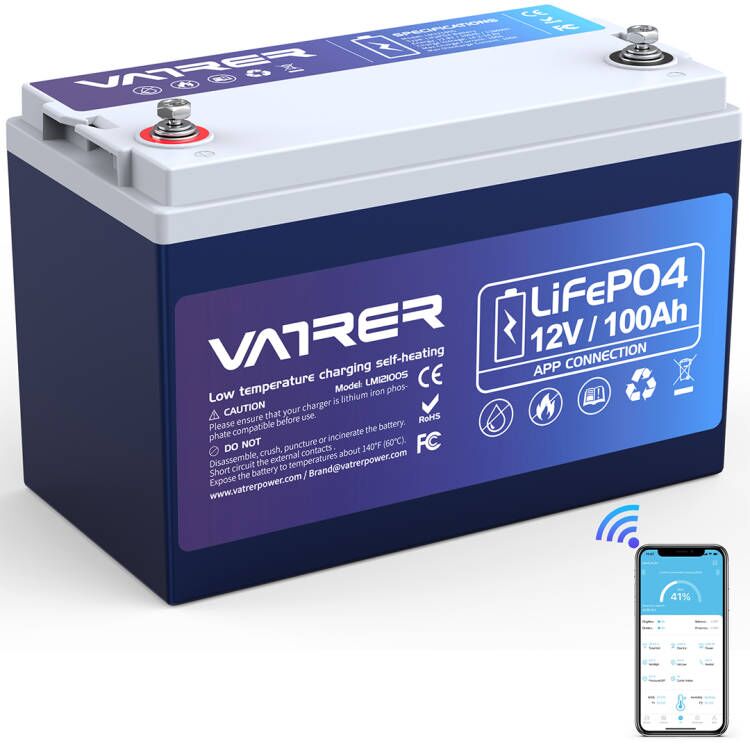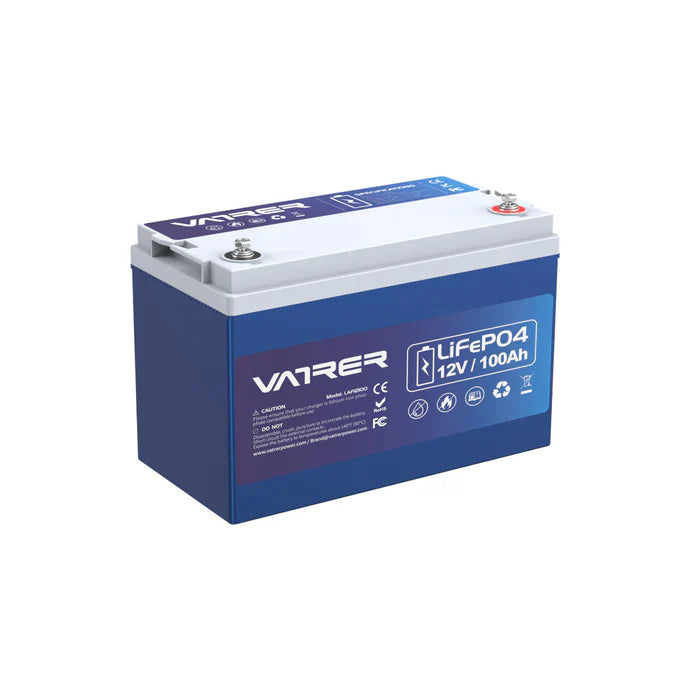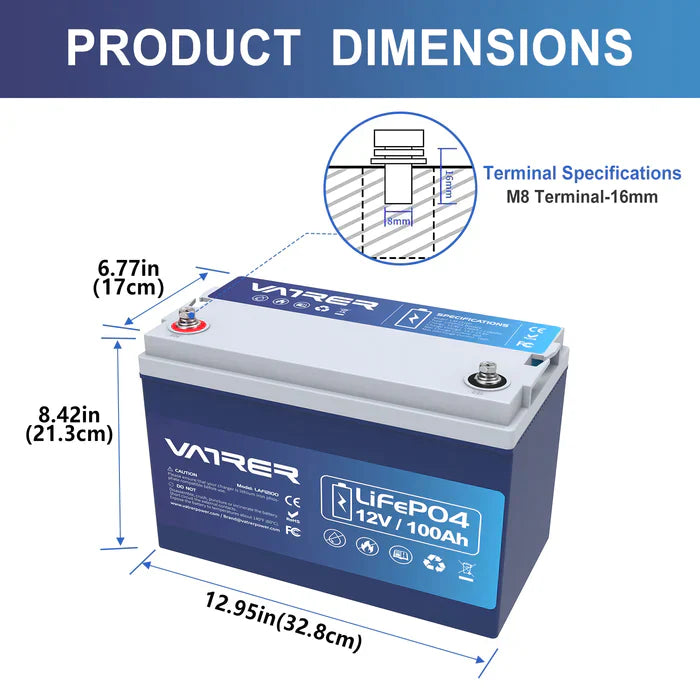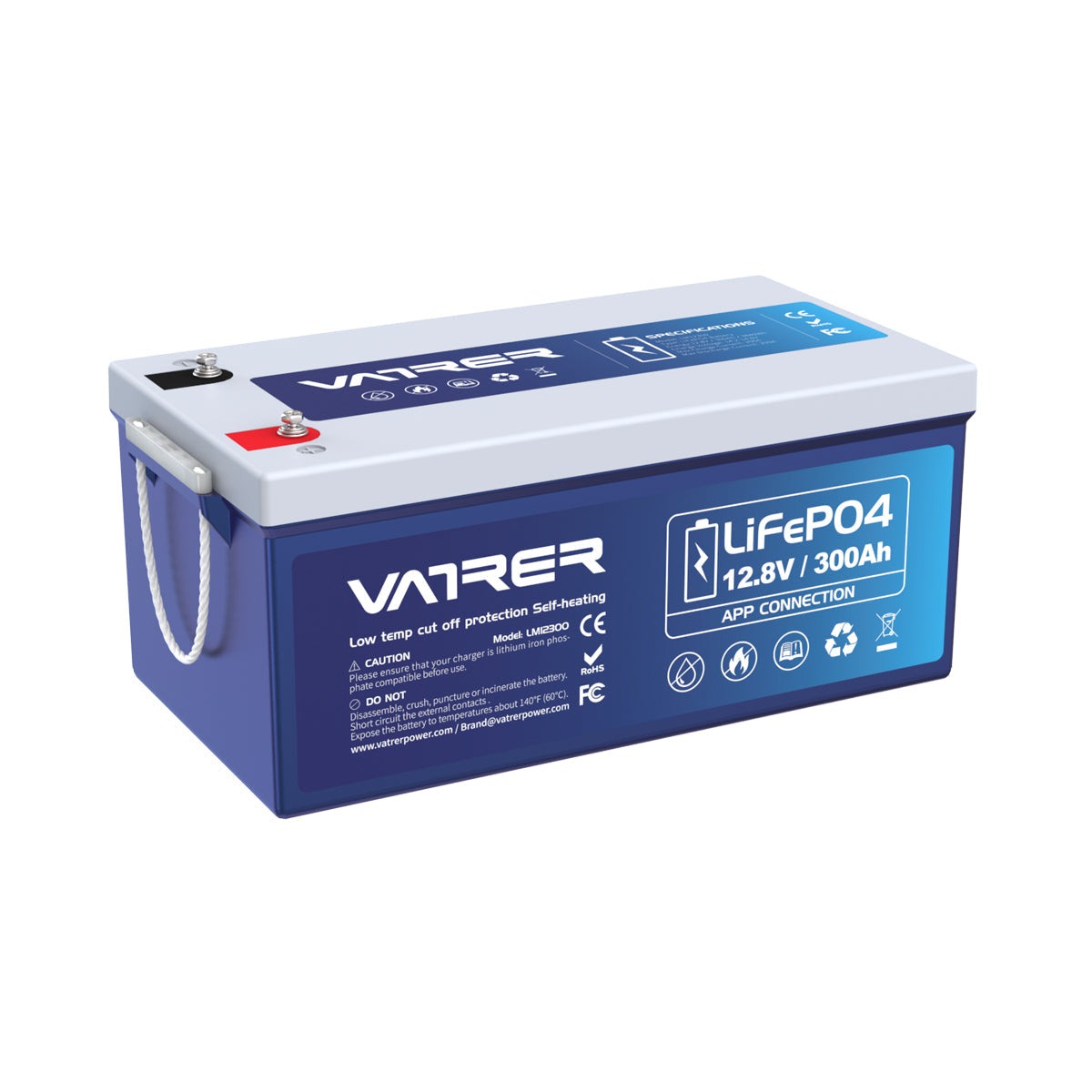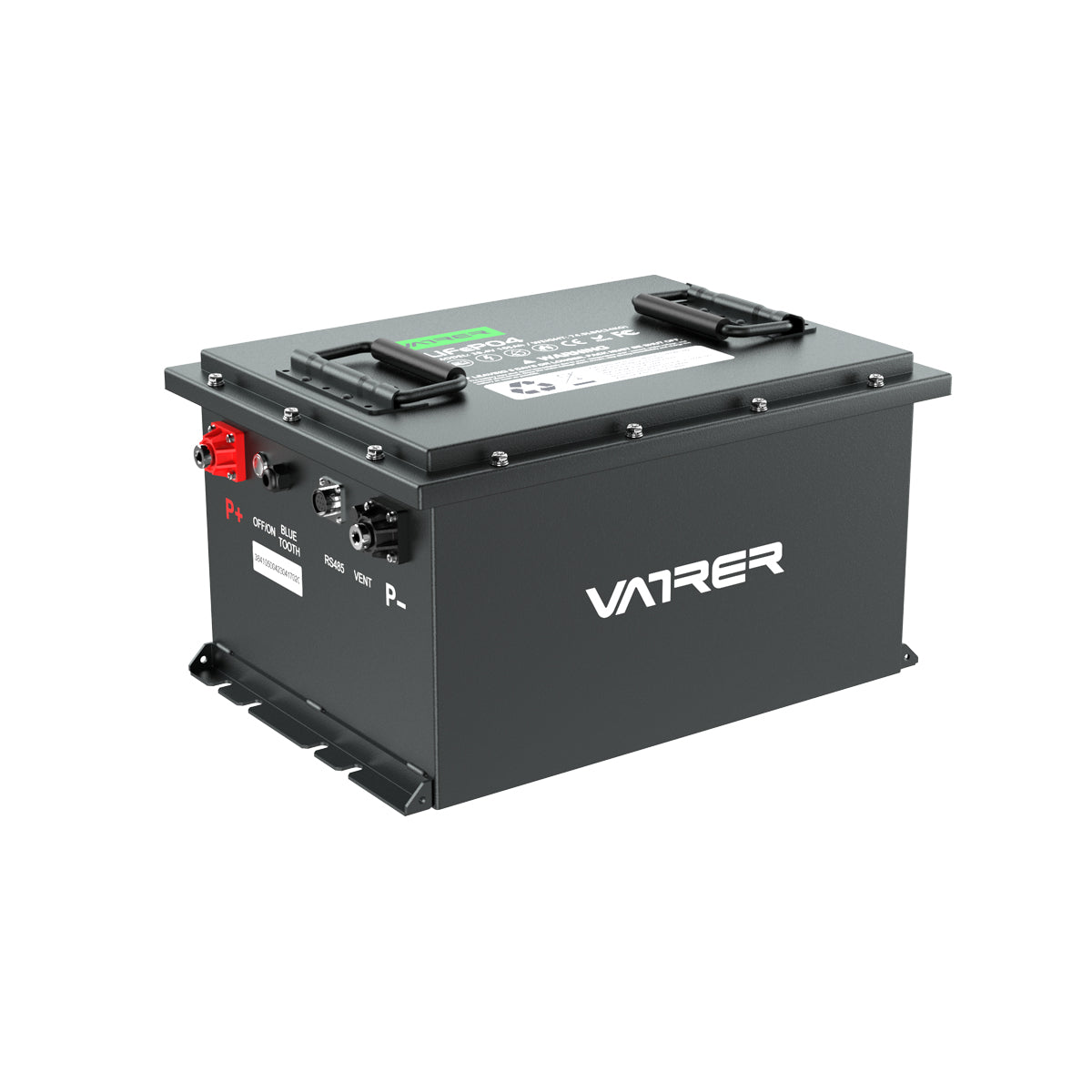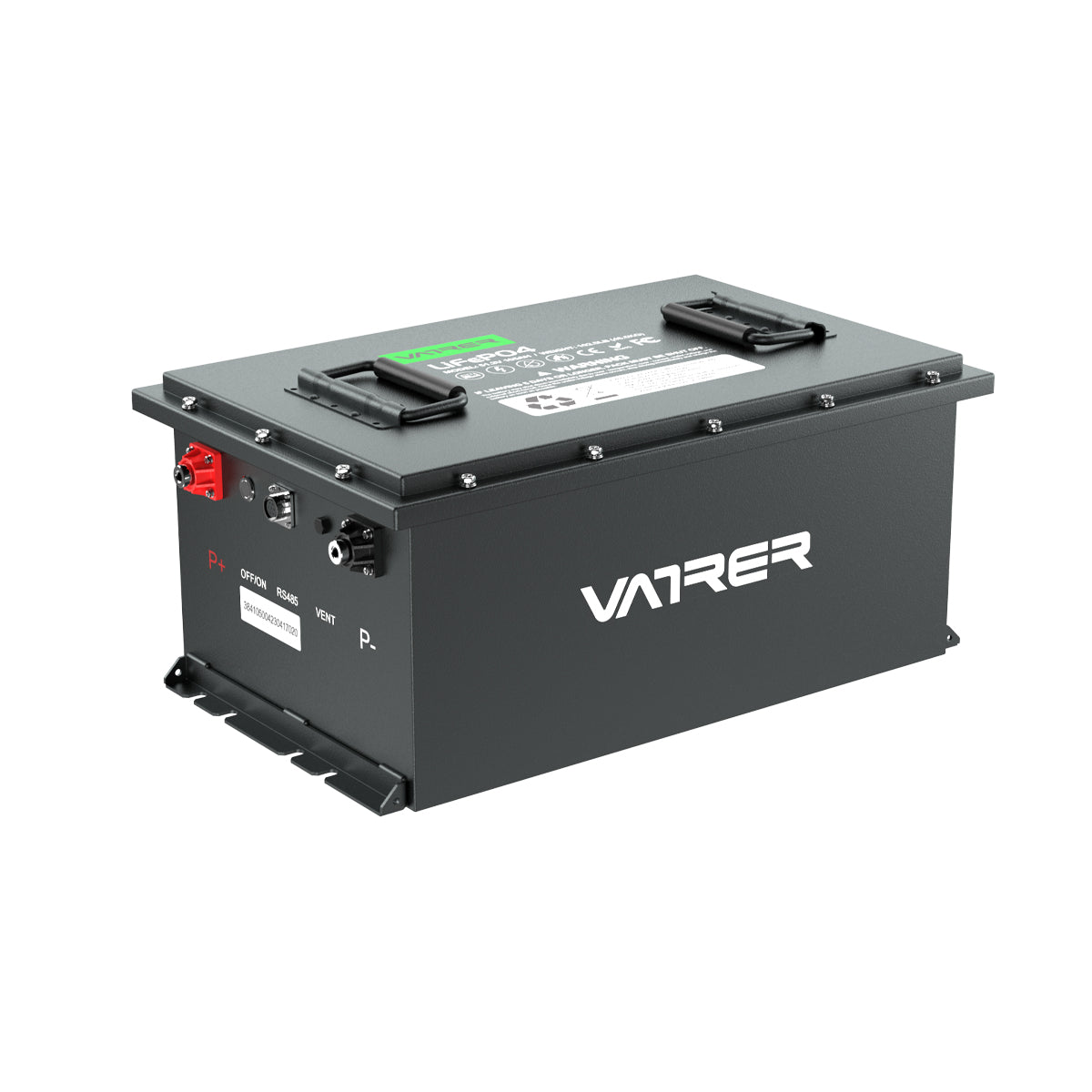1. Introduction
Definition of Voltage Reduction
Voltage reduction refers to the process of decreasing the electrical potential difference between two points in a circuit. This is a fundamental aspect of electrical engineering and electronics, as it allows for the control and manipulation of electrical energy to suit various applications. Voltage reduction is essential for ensuring that electronic components operate within their specified voltage ranges, thereby preventing damage and optimizing performance.
Importance in Electronic Circuits
In electronic circuits, voltage reduction is crucial for several reasons. Firstly, many electronic components, such as microcontrollers, sensors, and integrated circuits, require specific voltage levels to function correctly. Exceeding these levels can lead to component failure or reduced lifespan. Secondly, voltage reduction is necessary for power management, allowing devices to operate efficiently and conserve energy. Lastly, it enables the integration of components with different voltage requirements within the same circuit, enhancing the versatility and functionality of electronic systems.
2. Basic Concepts
Ohm's Law
Ohm's Law is a fundamental principle in electronics that relates voltage (V), current (I), and resistance (R) in a circuit. It is expressed by the equation:
This equation indicates that the voltage across a resistor is directly proportional to the current flowing through it and the resistance it offers. Understanding Ohm's Law is essential for designing circuits and implementing voltage reduction techniques.
Voltage, Current, and Resistance
-
Voltage (V): The electrical potential difference between two points in a circuit. It is measured in volts (V).
-
Current (I): The flow of electric charge through a conductor. It is measured in amperes (A).
-
Resistance (R): The opposition to the flow of current in a circuit. It is measured in ohms (Ω).
These three parameters are interrelated, and manipulating one can affect the others. Voltage reduction techniques often involve adjusting resistance to achieve the desired voltage levels.
3. Methods of Voltage Reduction
Resistors and Voltage Dividers
Explanation of Voltage Divider Circuits
A voltage divider is a simple circuit that uses resistors to reduce voltage. It consists of two resistors connected in series across a voltage source. The output voltage is taken from the junction of the two resistors. The formula for calculating the output voltage () is:
where is the input voltage, and and are the resistances of the two resistors.
Calculations and Examples
For example, if , , and , then:
This demonstrates how a voltage divider can halve the input voltage.
Diodes
Use of Standard and Zener Diodes
Diodes are semiconductor devices that allow current to flow in one direction. Standard diodes can be used to drop voltage by approximately 0.7V per diode when forward-biased. Zener diodes, on the other hand, are designed to maintain a constant voltage across them when reverse-biased, making them useful for voltage regulation.
Practical Applications
Diodes are commonly used in power supply circuits to provide a stable voltage output. For instance, a Zener diode can be used to create a 5V reference voltage from a higher voltage source.
Voltage Regulators
Types of Voltage Regulators
Voltage regulators are devices that maintain a constant output voltage regardless of changes in input voltage or load conditions. There are two main types:
- Linear Regulators: Simple and inexpensive, but less efficient as they dissipate excess voltage as heat.
- Switching Regulators: More complex and efficient, as they convert excess voltage into usable power.
Efficiency and Usage
Switching regulators, such as buck converters, are preferred in applications where efficiency is critical, such as battery-powered devices. Linear regulators are suitable for low-power applications where simplicity and low noise are more important.

Buck Converters
Working Principle
A buck converter is a type of switching regulator that steps down voltage by storing energy in an inductor and releasing it at a lower voltage. It operates by rapidly switching a transistor on and off, controlling the energy flow to the output.
Advantages Over Other Methods
Buck converters are highly efficient, often exceeding 90%, making them ideal for applications where power conservation is essential. They also generate less heat compared to linear regulators, reducing the need for heat sinks and improving reliability.
4. Practical Considerations
Heat Dissipation
When reducing voltage, especially with linear regulators and resistors, heat dissipation is a critical consideration. Excessive heat can damage components and reduce efficiency. Proper heat management, such as using heat sinks or fans, is necessary to ensure reliable operation.
Component Selection
Choosing the right components is vital for effective voltage reduction. Factors to consider include the power rating, tolerance, and thermal characteristics of resistors, diodes, and regulators. Using components with appropriate specifications ensures stability and longevity.
Efficiency and Power Loss
Efficiency is a key factor in voltage reduction, particularly in battery-powered devices. Minimizing power loss through efficient components and circuit design extends battery life and reduces energy consumption.
5. Applications
Common Scenarios in Electronics
Voltage reduction techniques are employed in various electronic applications, including:
-
Power Supplies: To provide stable voltage levels for electronic devices.
-
LED Drivers: To control the brightness and power consumption of LEDs.
-
Microcontroller Circuits: To ensure microcontrollers operate within their voltage specifications.
Case Studies
- Smartphone Chargers: Use switching regulators to efficiently convert AC mains voltage to the low DC voltage required by smartphones.
- Automotive Electronics: Employ buck converters to power electronic control units (ECUs) from the vehicle's 12V battery.
6. Conclusion
Summary of Methods
Voltage reduction is a fundamental aspect of electronic circuit design, with various methods available to achieve the desired voltage levels. Resistors and voltage dividers offer simplicity, while diodes provide stability. Voltage regulators and buck converters offer efficiency and versatility, making them suitable for a wide range of applications.
Future Trends in Voltage Reduction Technology
Advancements in semiconductor technology continue to improve the efficiency and performance of voltage reduction techniques. Future trends may include the development of more compact and efficient regulators, as well as the integration of voltage reduction capabilities into smart devices and IoT applications.




![[Buying Guide] Should I Buy Lithium Batteries on Black Friday?](http://www.vatrerpower.com/cdn/shop/articles/Should-I-Buy-Lithium-Batteries-on-Black-Friday.webp?v=1731467571&width=500)














































